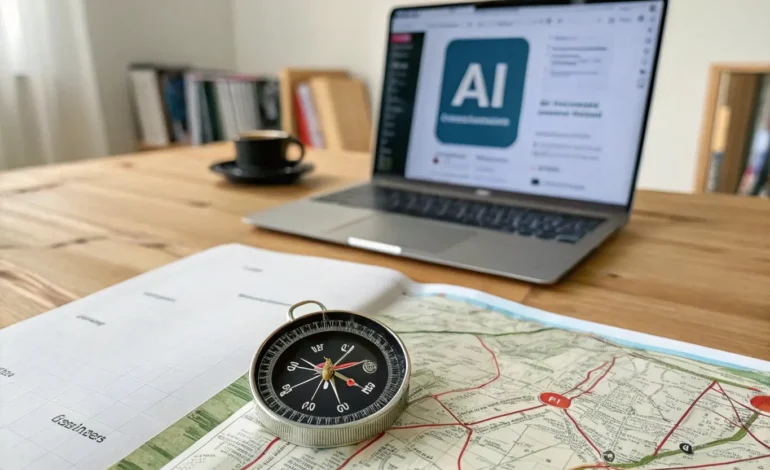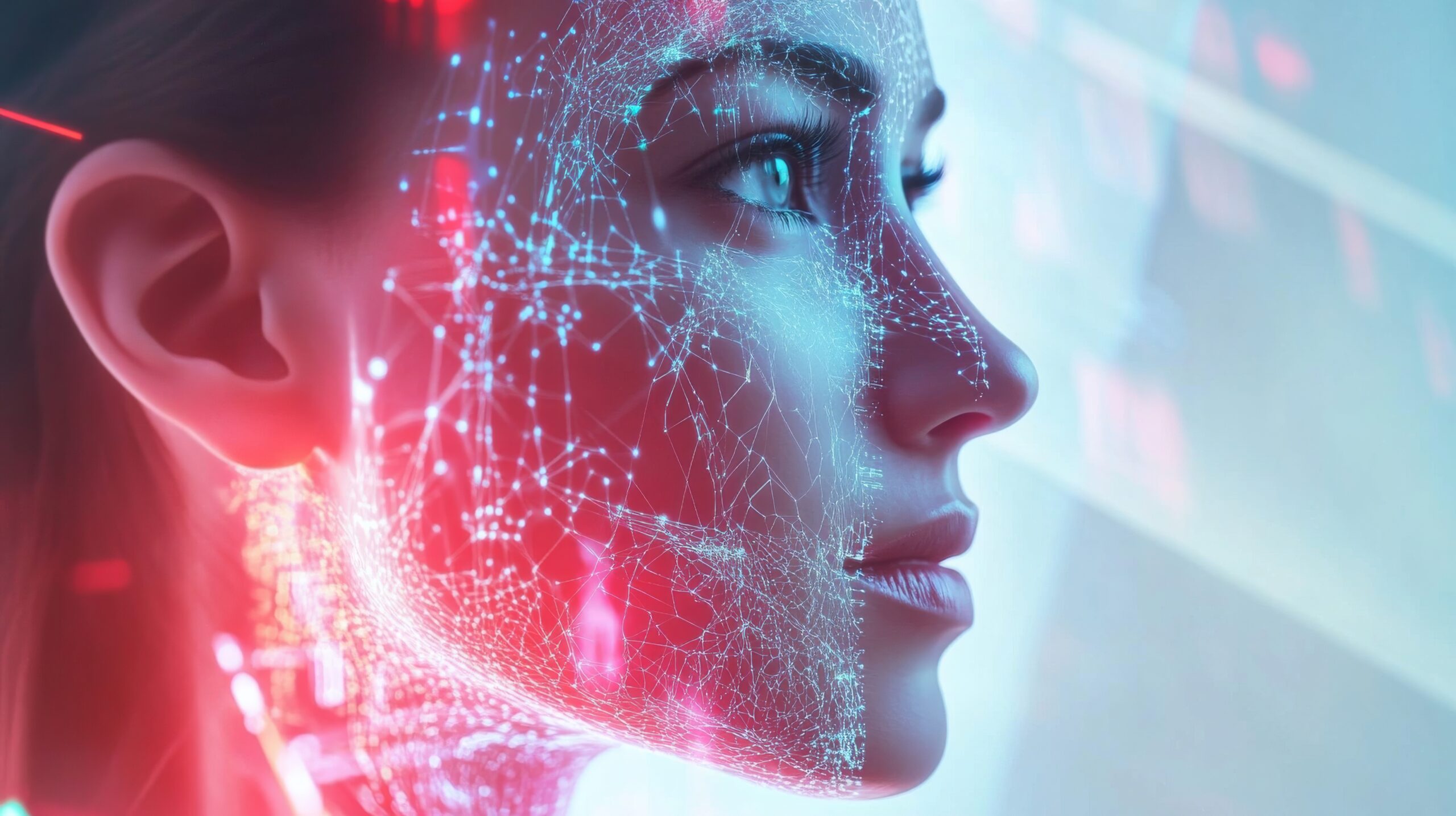AI Needs Guidance: Why It Drifts Without Your Direction and How You Can Lead It to Success
Discover why AI drifts without human guidance and how you can lead it to meaningful results. Learn how structured prompts, clear goals, and active oversight can unlock AI’s full potential—especially

Artificial Intelligence (AI) has captured the imagination of millions. From automating mundane tasks to generating creative content, AI is revolutionizing how we work, learn, and innovate. Yet, despite its growing capabilities, a fundamental truth remains: AI doesn’t think for you. It drifts without guidance.
Many people approach AI expecting it to “just know” what to do. The narrative often goes: “Feed it data and watch it figure everything out.” But this mindset leads to frustration and subpar results. AI models, like GPT-4 and others, do not possess independent judgment or genuine understanding—they rely entirely on the prompts and instructions humans provide.
Think of AI as a high-powered vehicle without a driver. Without a clear route or map, it will drift aimlessly, wasting potential. Expecting AI to do all the thinking is like giving someone a luxury sports car but no GPS or destination in mind.
The Double-Edged Sword of AI: Powerful but Potentially Dangerous
AI is an incredibly useful tool. It can speed up research, generate ideas, assist with writing, and even provide personalized education or medical guidance. For older adults and retirees, AI could be a game changer—helping them stay mentally sharp, connected, and engaged in lifelong learning or new hobbies.
Imagine AI-powered personal assistants that remind you to take medication, suggest nutritious meals based on your health needs, or even help with gentle cognitive exercises. For people living with chronic health conditions, AI can provide support by answering questions, monitoring symptoms, or alerting caregivers to changes.
However, AI is not without risks. When misused or relied on without critical thinking, AI can:
- Spread misinformation or reinforce biases embedded in training data.
- Produce inaccurate or unsafe advice, especially in medical contexts.
- Encourage overdependence, reducing human judgment and interaction.
Without human oversight and responsible use, AI’s drift can lead us astray rather than empower us.
Bringing Your Brain to the Table: Research and Structure
The key to unlocking AI’s true power is leadership and preparation. The best results come when you:
- Bring your research: Gather relevant facts, data, and context. AI can synthesize information quickly but can’t independently decide what’s important without your input.
- Structure the task: Define clear goals and parameters. Are you looking for a detailed report, a creative story, a list of pros and cons? Provide explicit instructions.
- Iterate and refine: AI outputs improve dramatically when you provide feedback, ask follow-up questions, or specify tone and style.
As Dr. Jane Simmons, a cognitive scientist specializing in AI-human collaboration, explains:
“AI is a powerful amplifier of human thought, not a substitute. Its effectiveness depends on how well humans frame the problem and guide the system.”
Why AI Drifts Without Guidance
AI models generate responses by predicting the most likely next word or phrase based on training data. This statistical process lacks genuine comprehension, nuance, or purpose—unless steered carefully.
Without your clear direction:
- AI may produce generic or irrelevant results, missing the point of your query.
- It can reinforce biases or misinformation if you don’t critically evaluate its outputs.
- The result becomes a confusing or meandering response—AI drifting like a ship without a compass.
Your Brain + AI = Supercharged Creativity and Productivity
When you take the driver’s seat, AI becomes an extension of your cognitive abilities. It can:
- Accelerate research by quickly summarizing vast amounts of data.
- Help brainstorm ideas you might not have considered.
- Draft documents, emails, or code based on your input, saving time.
- Provide personalized learning assistance, adapting to your questions.
As entrepreneur and AI advocate Michael Lee puts it:
“AI supercharges those who lead it well. It turns good ideas into great ones, and great ideas into action—but only with a human in the loop.”
AI’s Growing Role for Older Adults and People with Health Conditions
For older adults and retirees, AI holds exciting promise. It can act as a companion, a learning coach, or a health monitor, empowering independence and reducing feelings of isolation. Imagine virtual tutors helping seniors explore new subjects or AI-guided gentle exercise programs tailored to their abilities.
For those managing chronic diseases or disabilities, AI can offer round-the-clock support: monitoring symptoms, reminding users about treatments, or providing emergency alerts. But these benefits require careful design, clear human oversight, and trust.

Practical Tips to Lead AI Effectively
- Define your goal clearly: Before engaging AI, clarify what you want—whether it’s a solution, explanation, or creative spark.
- Use detailed prompts: The more specific your instructions, the better the output.
- Supply background information: Share context or relevant data that helps AI understand the task’s nuances.
- Ask iterative questions: Refine responses by probing further or requesting alternative takes.
- Validate and fact-check: Treat AI outputs as a draft, not gospel.
- Combine AI with your expertise: Use it as a brainstorming partner or assistant, not a replacement for your judgment.
The Future of AI: A Partnership, Not Replacement
AI is rapidly advancing, but its potential hinges on collaboration with humans. The narrative that AI will replace our thinking is misleading and counterproductive. Instead, envision a future where AI empowers us to think deeper, create faster, and solve problems more effectively.
In this partnership, your role as a leader is crucial. By guiding AI with intention, you can prevent it from drifting and harness its true power—especially for those who may benefit most: retirees, older adults, and people managing health challenges.








